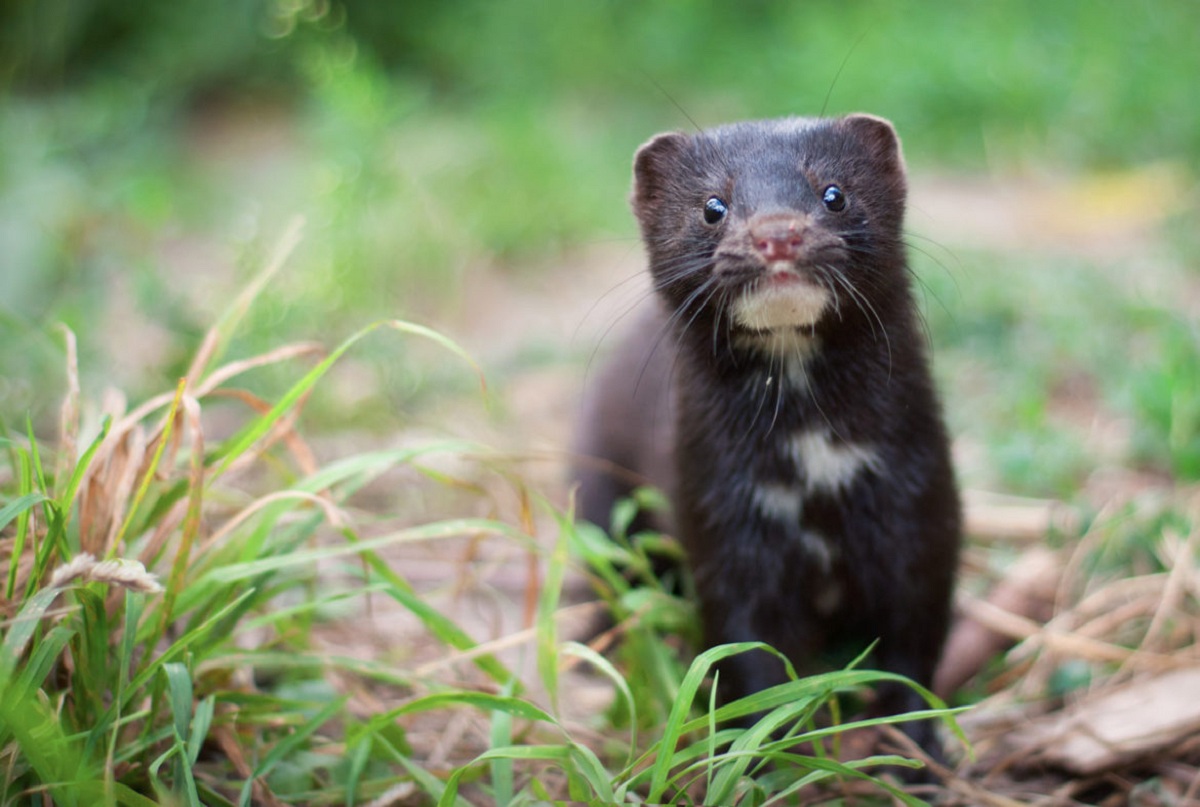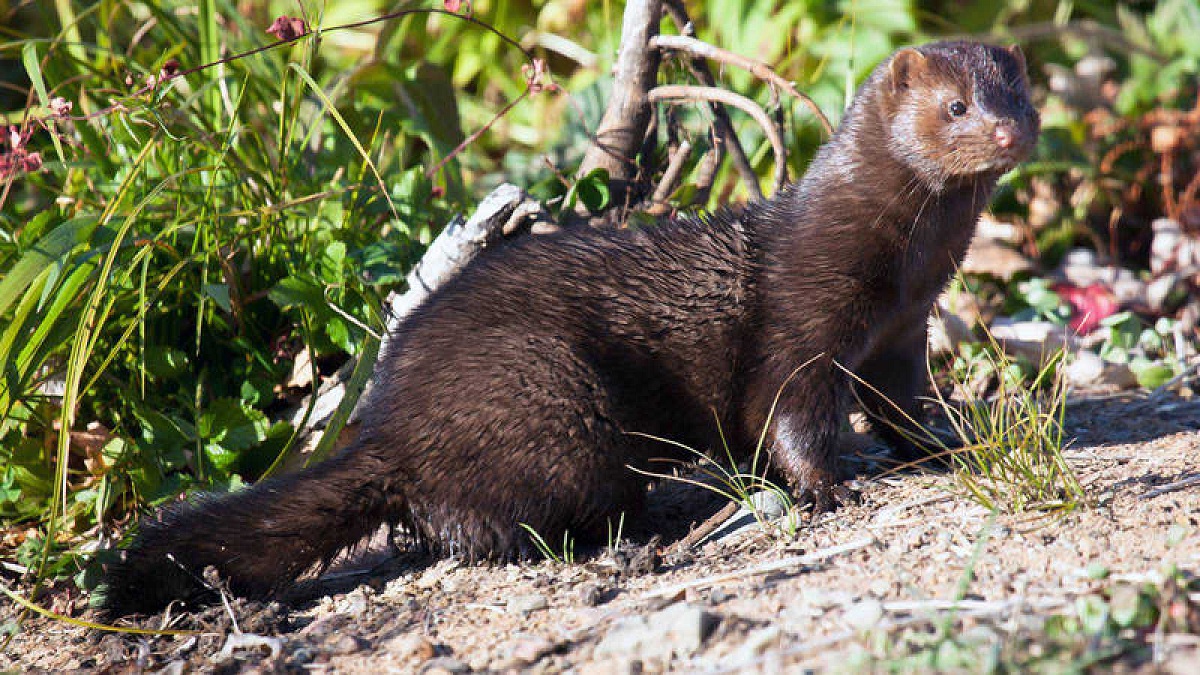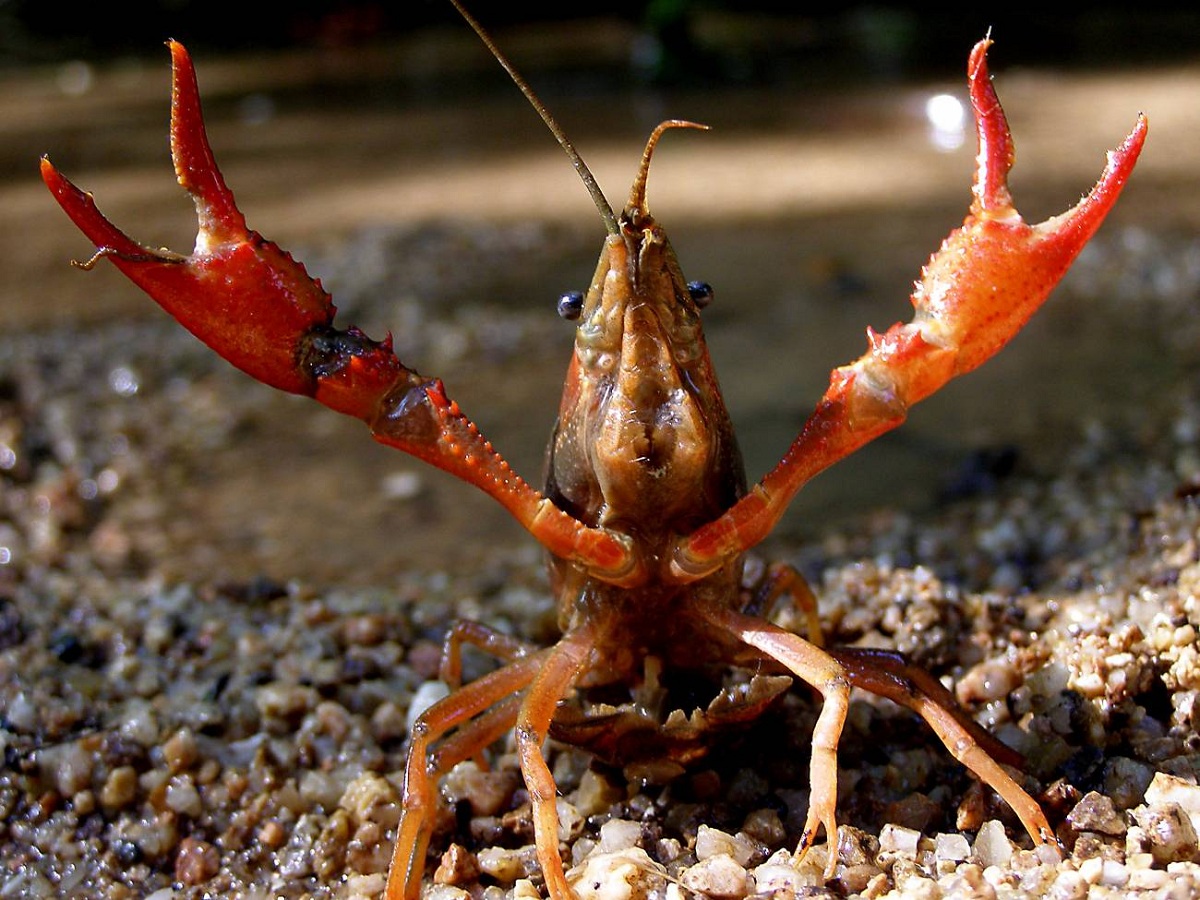
There are numerous species of both flora and fauna that have a very high invasive power. They are known by the name of colonizing species or invasive species. They are those that are introduced naturally, accidentally or intentionally to a medium that is not theirs. After a certain time of adaptation, they are able to colonize this environment. The reasons you can colonize an area are different.
In this article we are going to tell you all the characteristics, importance and danger of the colonizing species.
Key features

These are species that are introduced into an environment that is not theirs and that are able to adapt to it and end up colonizing it. Colonizing species are the second cause of biodiversity loss in the world. It must be taken into account that human beings have globalized the planet and there is movement from one continent to another on a daily basis. Both voluntarily and accidentally, species can enter another ecosystem.
A new ecosystem where a species it does not have any type of natural predator and is capable of adapting to weather conditions it can become a colonizing species. They are also known by the name of invasive species since they invade an ecosystem that is not their own. It is necessary to differentiate very well the invasive species from the non-native ones. Allochthonous species are those that are introduced voluntarily but are not capable of invading an ecosystem or land.
Globalization helps us to be close to places, cultures and people but also to animal and plant species that can be harmful to biodiversity. For example, in Spain we have the introduction of the giant Asian dispose that can cause great problems. These wasps are one of the main threats to the survival of some autochthonous species in Spain.
Biology of the colonizing species

Colonizing species are those that other territories are introduced and manage to adapt, establish, reproduce and disperse until they colonize the entire environment. Once they have colonized the environment, they are capable of forming new populations and causing impacts on the biodiversity, health or economy of a region. We are talking about economic impacts since many of the colonizing species seriously affect agriculture.
Much of the problems they can cause come from acting as predators and preventing the development of native species. They are also capable of alternating habitat and modifying both physically and chemically the soil. They are species that act competitively with native species and compete for food and space. Another aspect of the colonizing species is that they can hybridize with native species and introduce new parasites and diseases.
The effects of a biological invasion can be observed on human health. And is that many of the colonizing species can introduce diseases, cause allergies or be toxic to humans. Let's not forget that our immune system was also used to encountering certain native flora and fauna species and is resistant to them. However, if suddenly a new species enters our ecosystems, many immune systems may not be able to adapt to these species and cause allergies. All this means that the impact on the economy can become notable and cause a decrease or disappearance of activities such as livestock, agriculture, fishing activity and damage to the tourism industry, among others.
Keep in mind that not all colonizing species are invasive. Some do not manage to adapt to the environment or proliferate in freedom. For example, there are many farm animals and garden plants that pose no threat to the rest of the territory despite being introduced into another ecosystem that is not their own. Some and they manage to acclimatize and expand without damaging the ecosystem such as potatoes and corn. In this way, they can be transformed into established species.
Introduction of colonizing species

We are going to see how the colonizing species are introduced in other places and ecosystems different from their own. They can occur through human intervention, whether intentional or not, and through natural phenomena. We are going to detail some of the ideal conditions for the introduction of colonizing species:
- Species trade: many of the colonizing species are introduced into other ecosystems through the purchase and sale of exotic plants and animals. This is considered the main reason and is considered a crime for illegal trafficking.
- Tourism: Visits to other countries contribute to the expansion of alien species, either intentionally or accidentally.
- Hunting and sport fishing: These are activities that have introduced animals such as the Atlas mouflon and the catfish in much of Europe.
- International trade transport: the cargo containers of commercial ships, the hulls of ships, and the holds of aircraft are places where colonizing species can perfectly sneak in.
- Pet Release: It is another important aspect to take into account in the expansion of non-native species in other areas. For example, the parakeet, raccoon, and Florida tortoise are examples of exotic companion animals that have come to colonize an ecosystem when abandoned by their owners or run away.
- Fur and crops: fashion and horticulture have been gateways for some mammals such as the American mink in Europe and some plants such as the nopal from Las Tunas in Africa and Oceania.
How to control invasive species
We know that the introduction of these species has negative consequences on the environment. It can also affect a country's food safety, disease control, and economy. $ 33.500 billion is lost annually to colonizing species.
In order to control the expansion of these species, a diversified strategy must be proposed to contemplate all these points:
- Legislation to prohibit imports of exotic species.
- Prevention with greater vigilance over their access roads.
- Rapid detection and response to prevent an introduced species from establishing itself.
- Eradication of invasive species that have managed to expand.
- Control of pests in those cases where eradication is not possible.
I hope that with this information you can learn more about the colonizing species and their characteristics.